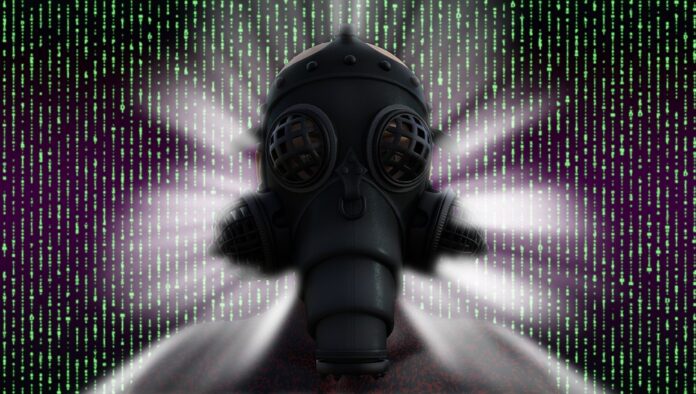In today’s digital age, cyber attacks have become increasingly prevalent, posing a significant threat to organizations of all sizes. As such, having a well-defined incident response plan is crucial in order to effectively handle such incidents and mitigate their impact on the business. Here are some dos and don’ts of incident response that can help organizations navigate through cyber attacks successfully.
###Do’s
1. **Prepare in advance**: One of the most important aspects of incident response is preparation. This includes creating a detailed incident response plan, establishing communication channels, and conducting regular training and drills to ensure that your team is equipped to handle an attack effectively when it occurs.
2. **Act promptly**: Time is of the essence when it comes to incident response. As soon as a cyber attack is detected, it is crucial to respond promptly to contain the damage and prevent further spread of the attack.
3. **Communicate effectively**: Clear and timely communication is key during a cyber attack. Keep all stakeholders informed about the incident, the steps being taken to address it, and any potential impacts on the business.
4. **Preserve evidence**: It is important to preserve evidence during an incident to assist in post-incident analysis and to comply with any legal or regulatory requirements. This includes taking screenshots, logs, and other relevant data that may be useful in determining the root cause of the attack.
5. **Learn from the incident**: After the incident has been resolved, conduct a thorough post-incident analysis to identify the root cause of the attack and any weaknesses in your security posture that may have allowed the incident to occur. Use this information to improve your incident response plan and strengthen your security defenses.
###Don’ts
1. **Don’t panic**: In the event of a cyber attack, it is important to remain calm and focused. Panicking can lead to poor decision-making and exacerbate the situation. Trust in your incident response plan and follow it methodically to address the attack.
2. **Don’t neglect communication**: Avoid keeping stakeholders in the dark about the incident. Lack of communication can lead to misinformation, mistrust, and further damage to the organization’s reputation. Keep all relevant parties informed throughout the incident response process.
3. **Don’t engage with attackers**: While it may be tempting to engage with attackers or negotiate with them, it is generally not recommended. Engaging with attackers can escalate the situation and potentially expose the organization to further risks. Focus instead on containing the attack and restoring normal operations.
4. **Don’t ignore legal obligations**: Ensure that your incident response plan includes provisions for complying with legal and regulatory requirements in the event of a cyber attack. Failure to do so could result in penalties, fines, or legal action against the organization.
5. **Don’t skip post-incident analysis**: After the incident has been resolved, do not skip the post-incident analysis. This step is crucial in identifying lessons learned, areas for improvement, and best practices to prevent future attacks. Skipping this step can leave the organization vulnerable to similar incidents in the future.
###Conclusion
In conclusion, effective incident response is essential in mitigating the impact of cyber attacks on organizations. By following these dos and don’ts of incident response, organizations can be better prepared to handle cyber threats, protect their data and systems, and minimize the disruption to their business operations. Remember, preparation, prompt action, clear communication, evidence preservation, and post-incident analysis are key components of a successful incident response plan.
###Frequently Asked Questions
1. **Q**: How often should incident response plans be reviewed and updated?
**A**: Incident response plans should be reviewed and updated regularly, ideally on an annual basis or whenever significant changes occur within the organization’s environment, such as new systems or technologies, personnel changes, or regulatory requirements.
2. **Q**: What should be included in an incident response plan?
**A**: An incident response plan should include clear roles and responsibilities, communication protocols, escalation procedures, detection and containment steps, evidence preservation guidelines, and post-incident analysis processes. It should also be regularly tested and updated to ensure its effectiveness in responding to cyber attacks.


